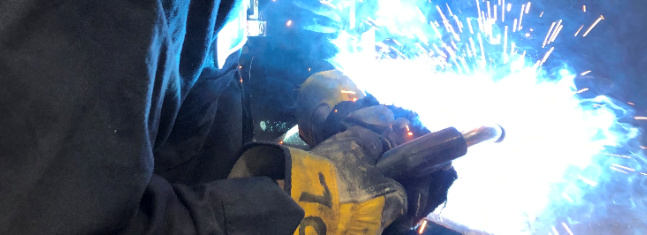How to Weld Galvanized Steel
Galvanizing is the application of a zinc coating to a ferrous material. It is done to prevent, or at the very least delay corrosion. The zinc coating can be applied in many different ways including but not limited to hot-dipping, metal spray and electrodeposition. Similar to galvanized steel is galvanneal steel. Galvanneal is the process […]


